I was a 19-year-old kid, weeks away from leaving on my first camping trip to Alaska. I’d never slept in the woods before, and I hadn’t spent a single night in a sleeping bag. When it came to purchasing one for myself, I had no idea where to start. I was a total rookie. I drove down to the local Eastern Mountain Sports and picked up the only bag within my budget that was rated to 20F, simply because I knew it wouldn’t get that cold in Southeast Alaska in June.
The sleeping bag turned out to be fine for summertime camping in Alaska. But, when I tried to use it a year later on a soggy climb of Mount Shasta, I was downright uncomfortable and freezing. The takeaway? When buying a sleeping bag, you have to look beyond the price and temperature rating. Specifically, take a larger look at the type of camping you’ll be doing, conditions you expect to face, and which features you want to prioritize, in addition to other personal and technical preferences. Below is a guide to help you choose the right sleeping bag for your next adventure.
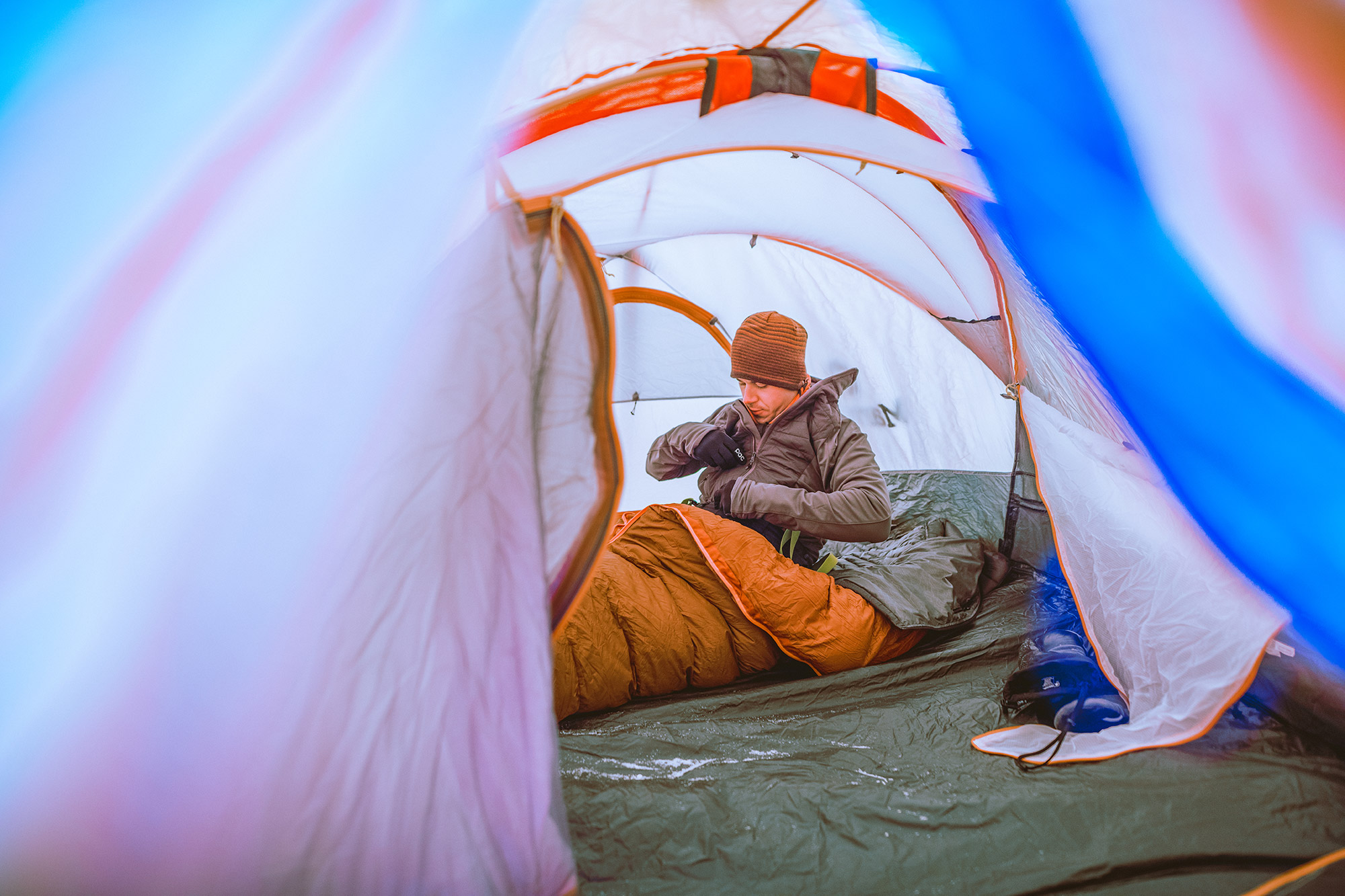
Consider How You’ll Be Camping
Are you a backpacker? Mountaineer? Car camper? Before you buy a sleeping bag, stop to think about the outdoor activity for which you’ll be using it the most. When it comes to backpacking and mountaineering, you want to save weight without sacrificing comfort and safety. Every extra ounce you carry on your back equates to energy spent. Car camping, however, is a bit more laid back. You’re not going to carry your sleeping bag around. Instead, your goal should be to maximize comfort and minimize cost, and think less about weight. From here, you can dive into the bag’s more nuanced specs to make your decision.
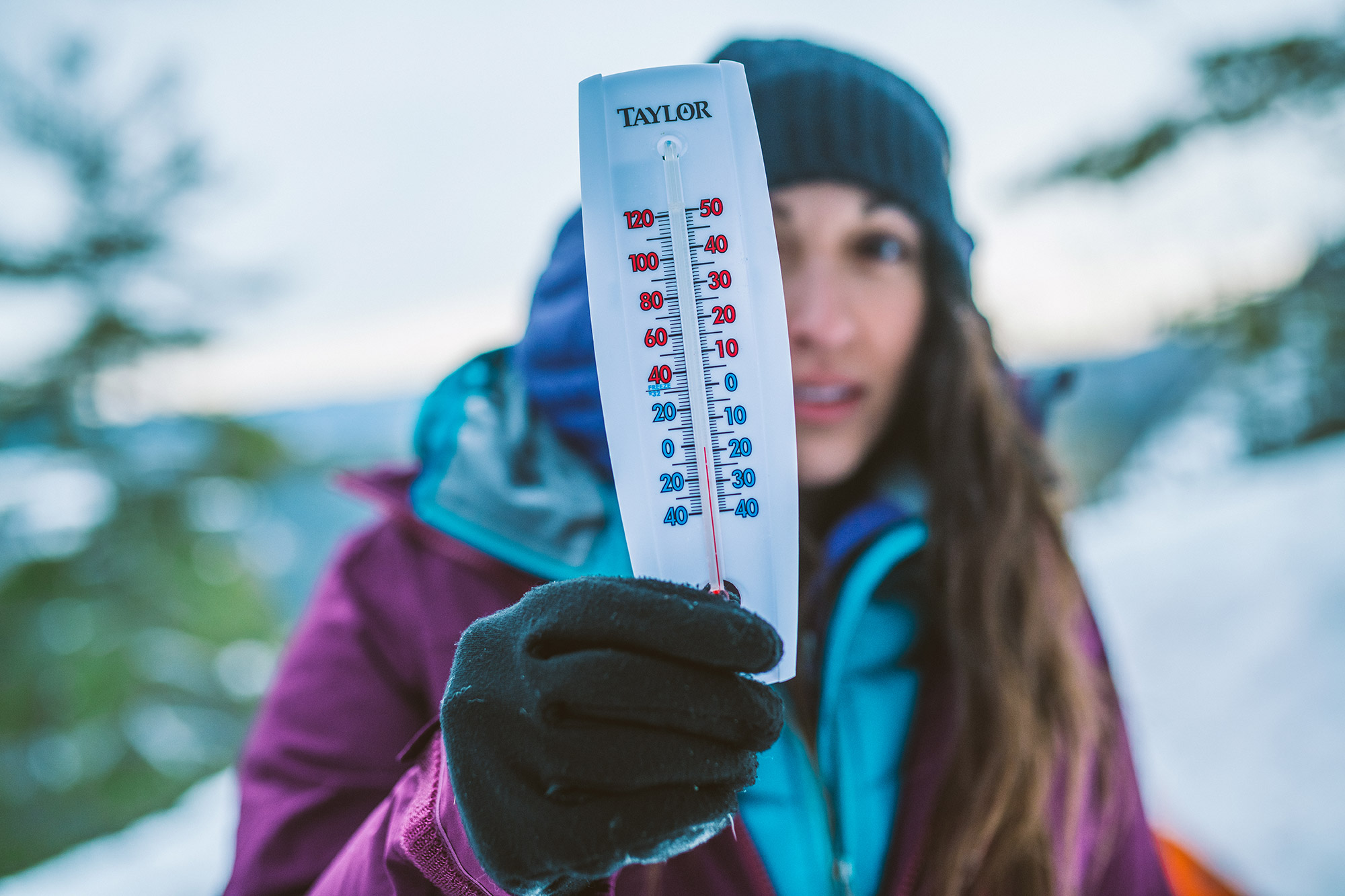
Temperature Rating
The temperature rating is essentially the lowest point at which the bag will keep you warm and comfortable. For example, if a bag is rated to 40F, you shouldn’t get excessively cold in the bag, unless the air temperature drops below that mark. With this rating, it is assumed that you’re using a sleeping pad to create a layer of insulation between you and the ground.
The quality varies quite a bit based on the manufacturer and how frequently it’s used. For this reason, look at the temperature rating as a guideline, rather than a rule. In fact, always buy a bag rated a little bit colder than the actual temperature you expect to experience. You can always ventilate the bag if you’re too warm, but it’s harder to warm up if you’re freezing cold. As a general rule, summer bags run from 35 degrees and up, three-season bags are rated between 10 and 35 degrees, and winter bags run from 10 degrees and lower.
EN Rating
Additionally, many U.S. manufacturers have recently adopted a temperature rating standard called EN13537, or simply the EN rating. Originally developed in Europe, the EN rating is based on a standard laboratory test. This is good news for the buyer. It means that, although sleeping bags are made by different manufacturers, users will be able to compare the temperatures and comfort levels between them.
Based on the assumption that the sleeper is wearing a base layer and hat and is using a sleeping pad, and also assuming that women sleep colder than men, the test determines four temperature ratings:
- Upper Limit: At this temperature, a standard male can sleep without sweating excessively. This rating assumes that the hood and zippers are open, with the arms and head out of the bag.
- Comfort: At this temperature, a standard female can expect to have a comfortable sleep, in a relaxed position.
- Lower Limit: At this temperature, a standard male can sleep, in a curled position, for eight hours without waking.
- Extreme: This is the minimum temperature at which a standard female can stay for six hours without being at risk for death from hypothermia. Frostbite, however, is still a risk.

Weight
Again, weight is going to be a determining factor. Most backpackers like to keep their bag lighter than three pounds (using something like the EMS Mountain Light 20), and many lightweight backpackers will strive to go under two pounds. Ultimately, you want a bag that’s going to keep you warm and comfortable at night, but that isn’t too heavy to carry on your back when you’re logging miles on the trail.
A lot of times, this balance boils down to personal preference. Are you willing to carry a little more weight for a bit of added comfort at night? Or, are you willing to chance being a little cold at night in order to reduce energy expenditure? Ask yourself these questions before you buy. The same principle also applies to mountaineering. However, safety—will this bag keep me warm enough if conditions get really, really bad?—needs to be given even greater consideration.
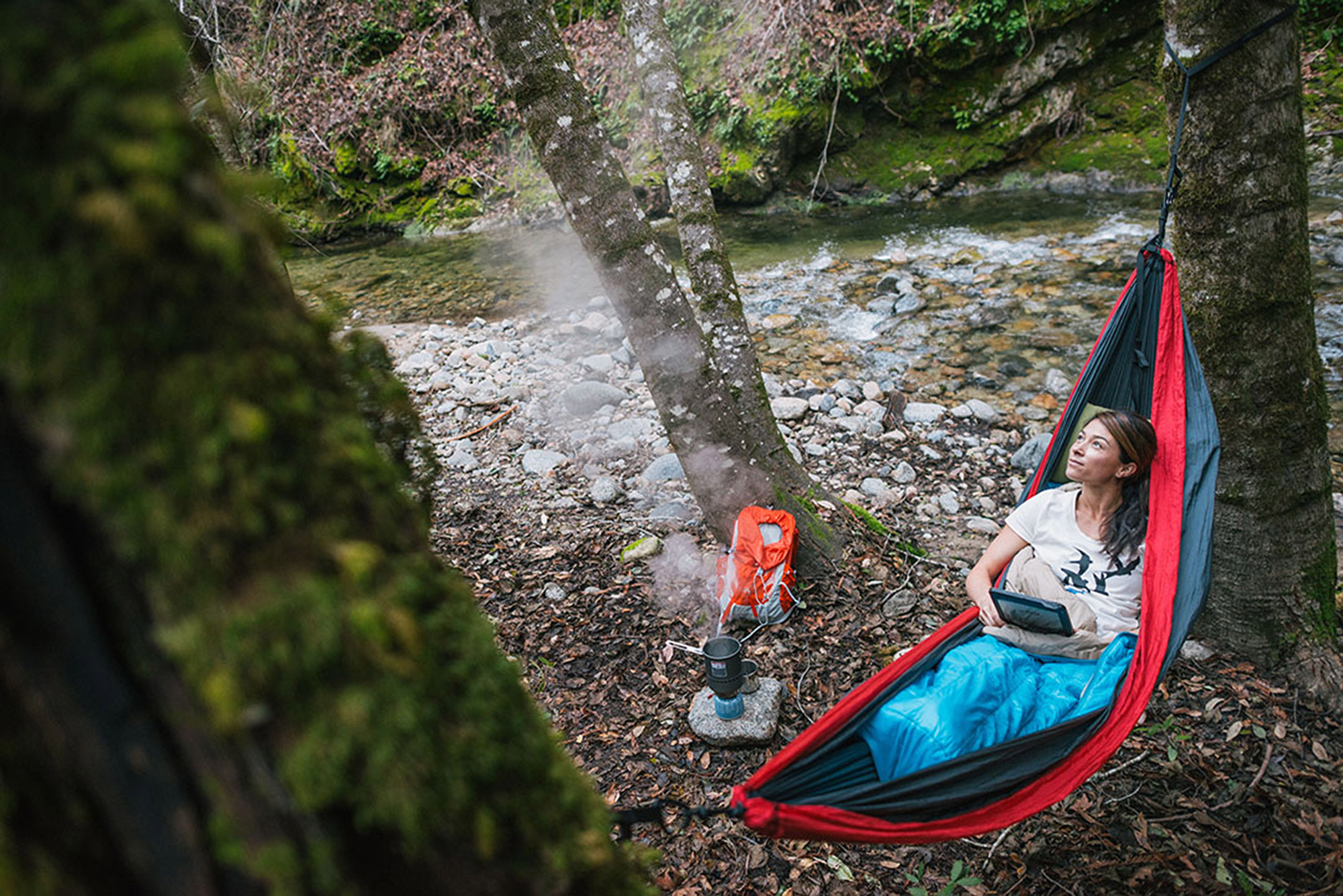
Insulation
Ah, the age-old debate: Should you choose a down or synthetic sleeping bag? It’s not a question to be taken lightly (pun intended). Specifically, insulation type directly correlates with how much the product weighs, compresses, resists water, keeps you warm, and affects your wallet. All of these factors are going to influence your experience in the outdoors.
Down
Compared to synthetic, down bags provide a greater amount of warmth for their weight. They are highly compressible, and thus pack smaller than synthetic. As well, down is durable and can last for a long time. One of the more notable cons, however, is that if traditional down gets wet, its insulating capabilities greatly decrease. Once wet, it takes a long time to dry and can be difficult to clean. Additionally, down bags are also more expensive than their synthetic counterparts.
If getting wet is a concern, hydrophobic down is a new alternative that has gained popularity in recent years. Hydrophobic down has been treated with a water-resisting chemical, which allows the down to dry much more quickly and resists water for far longer. It also lets the down retain its loft when exposed to dampness. A bag like the Marmot Hydrogen uses Down Defender, a specific brand of water-resistant down. As you shop around, research the bag’s specs to see if the down is hydrophobic.
Synthetic
Synthetic bags, on the other hand, are often favored because they are generally more affordable, are even more water resistant, and continue to keep you warm when they get wet. The trade-off? Synthetic insulation weighs a little more and is bulkier than down. It also provides less warmth for its weight.
There are three basic types of synthetic insulation—cluster-fiber, short-staple, and continuous filament. You’ll also come across a few brand-name options, including Thinsulate, PrimaLoft, and Insotect. Popular in footwear and gloves, Thinsulate has very little bulk. PrimaLoft is another great choice, as it’s highly water resistant, and remarkably breathable and lightweight. Insotect, the type used in the EMS Velocity 35, is a strong bet for those seeking additional comfort. Specifically, it allows for superior body support and retains heat exceptionally well.
Again, the choice boils down to personal preference and how you’ll be using the bag. Consider where you’ll be taking the bag, and the type of weather that you might encounter. You should also think about how much money you want to pay, and the weight you’re willing to carry on your back.
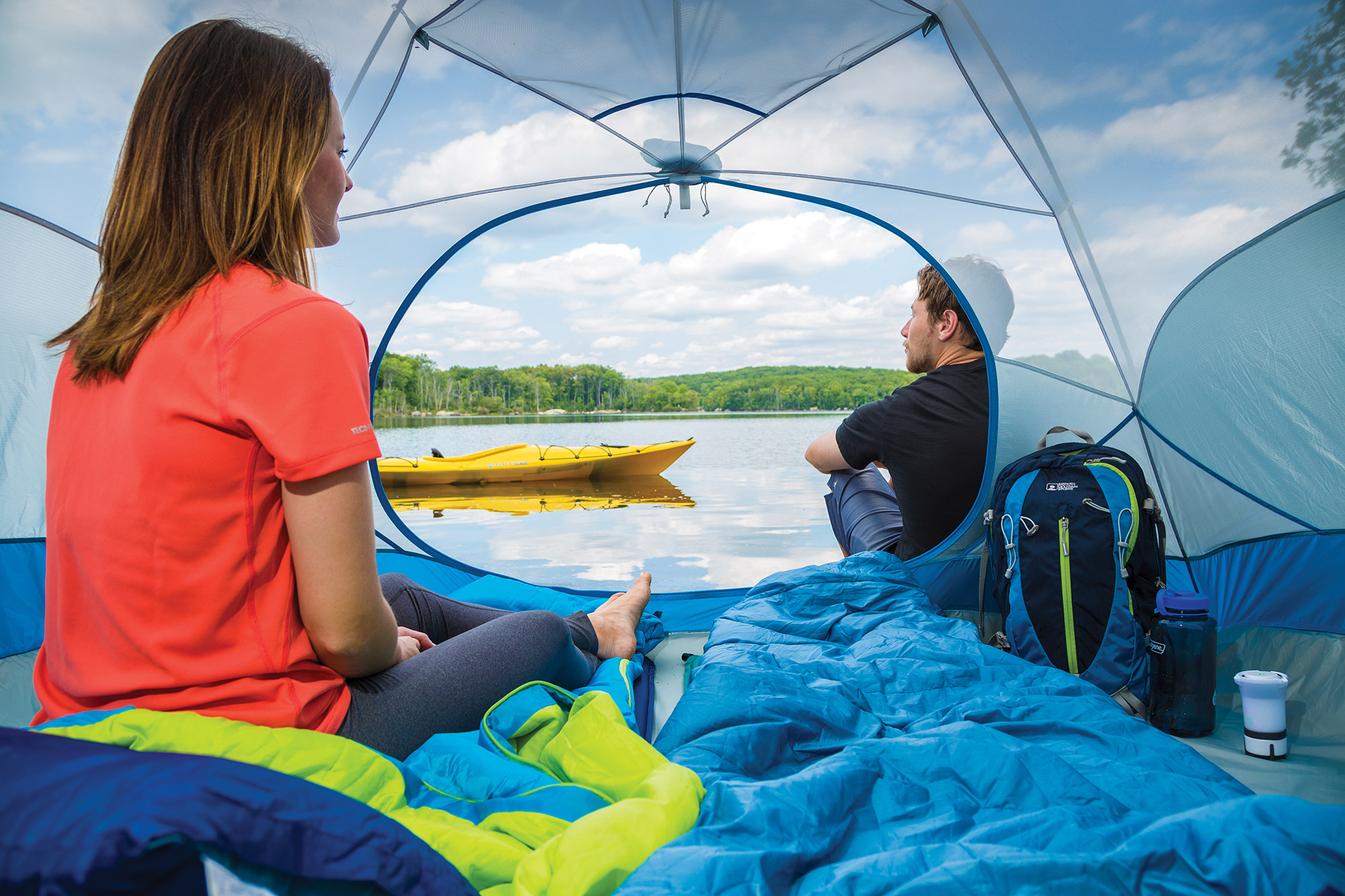
Shape and Size
Sleeping bags come in a number of different shapes, including rectangular, like the EMS Bantam 30, semi-rectangular, and mummy-style. Mummy is preferable for backpacking and mountaineering, because it allows for greater heat retention and protection from the cold while also saving weight. Rectangular bags, on the other hand, are more suited to car and warm-weather camping.
Sleeping bags also typically come in two standard lengths for men and women: regular and long. Although these sizes vary, depending on the manufacturer, regular men’s sleeping bags generally fit those up to 6 feet in height, and long fits up to 6 feet, 6 inches. For women, a regular is typically up to 5 feet 6 inches, with long being just over six feet.
When choosing a size, make sure the bag fits snugly, but not so much that you’re uncomfortable. The less air space there is around your body, the warmer you will be. However, for those who frequently change positions in their sleep, a little extra wiggle room around the shoulders and feet may be preferable.

Other Considerations
For the detail oriented, here are a few final things to consider before purchasing your sleeping bag.
Zipper
Zippers come on either the right- or left-hand side. A left-handed zipper will be to your left, assuming you’re lying in the bag facing up, and vice-versa.
Stash Pocket
Most sleeping bags come with a small stash pocket to store things like your wallet, headlamp, and other useful items, to keep them handy at night. If you’re a stomach sleeper, make sure the pocket is not in an intrusive spot.
Sleeve and Hood
Some sleeping bags, like the Big Agnes Lost Ranger 15, have sleeves built into the bottom, allowing for a sleeping pad to fit inside. This means that you don’t have to worry about rolling off your sleeping pad during the night. Mummy bags, like the EMS Women’s Mountain Light 20, have a hood with a drawstring to help retain heat. A lot of heat is lost through your head at night, so for cold-weather camping, this is really important. The hood essentially functions in the same manner that the hood on a jacket does, and the drawstring allows you to cinch it tightly to retain even more heat.
Compression and Storage Sacks
For storing your bag, it’s important to have both a compression sack and a storage sack. The former helps you pack your bag down as small as possible for camping and backpacking purposes. When you’re not using your sleeping bag, keep it in the storage sack to preserve the bag’s insulation and extend its lifespan.
Equipped with this knowledge, you should be able to make an informed decision to purchase the sleeping bag that’s right for you. Unlike 19-year-old me, take some time to consider how and where you’ll be camping, weight and comfort, and especially personal preferences in order to get a good night’s rest. Once you have the right bag, the only thing left to do is get out there and enjoy sleeping in the outdoors!
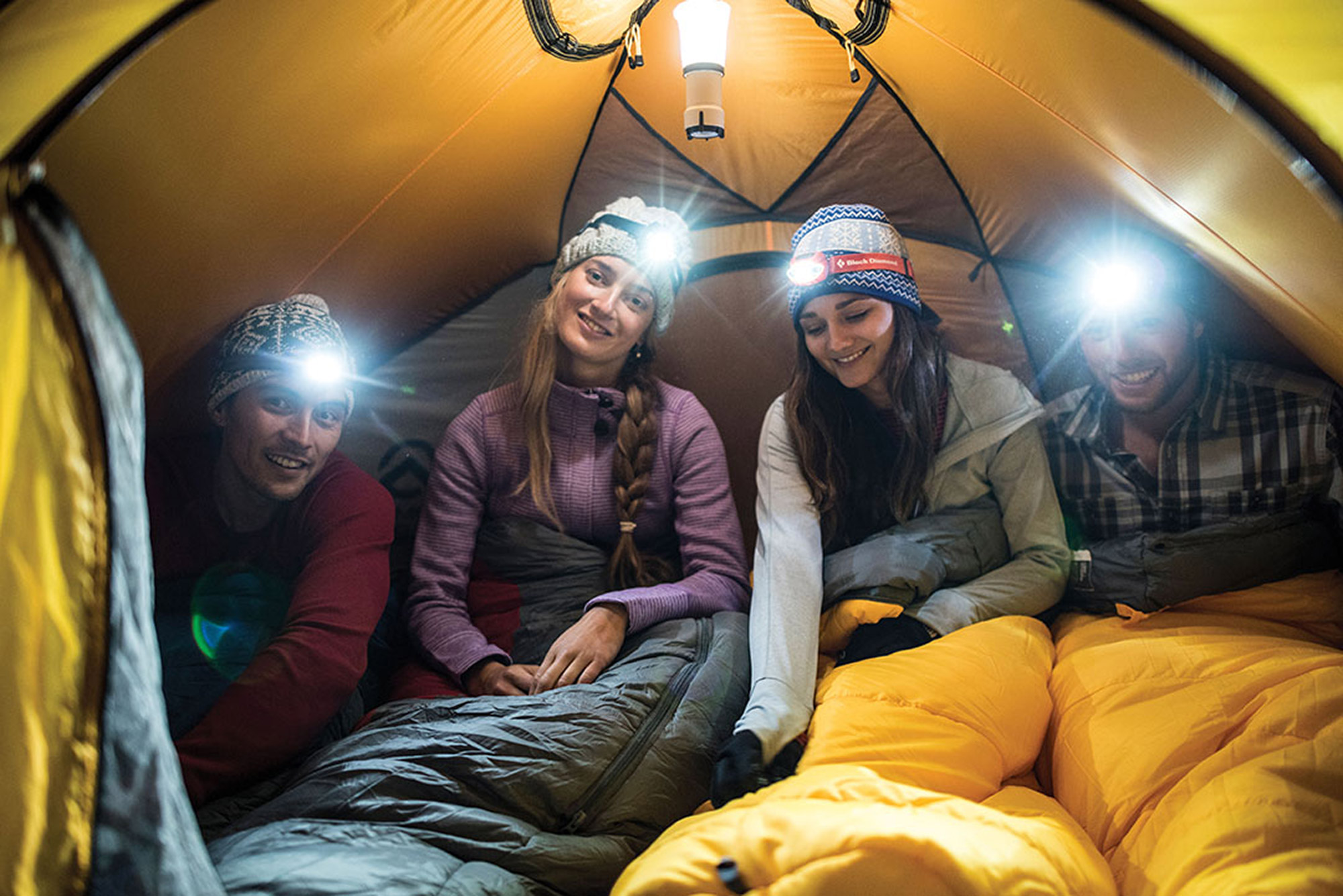
Lucas Kelly
Luke Kelly is a writer and landscape photographer from Red Hook, NY. He says he’s a traveler first, having spent four summers working as a fisherman in Alaska to fund his adventures across the globe. His main goal is to inspire people to get outside, be active, and to explore new places. When he’s not out taking pictures, Luke can usually be found on his paddleboard, road bike, or skis depending on the season. You can follow his trips on Instagram @lukekellytravels.




